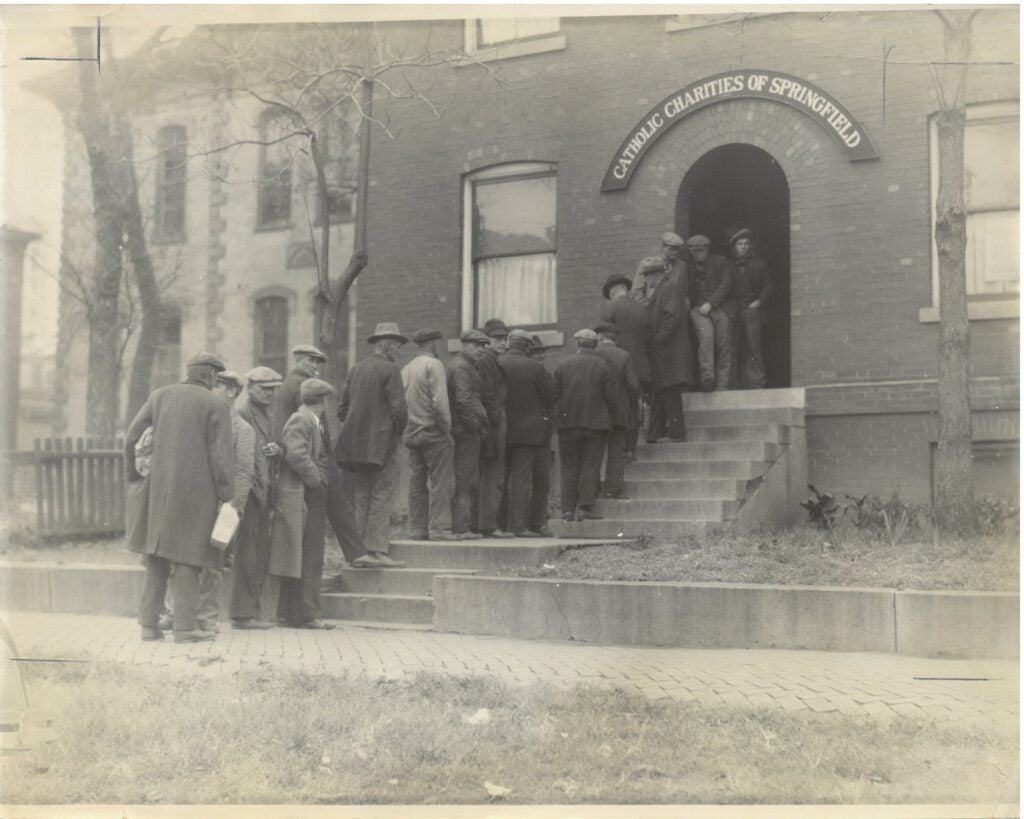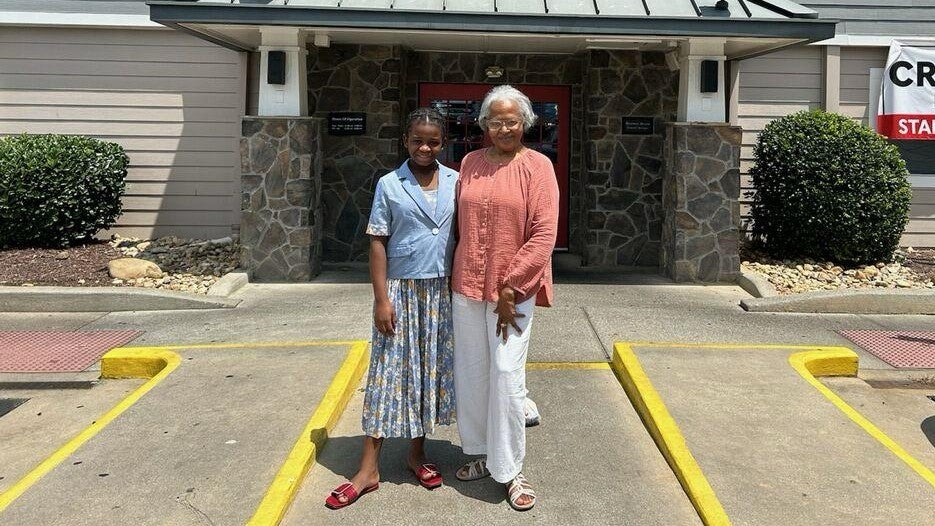

Proper nutrition is key for children in their earliest, most critical stages of growth and development. Often, low-income women with infants and young children can’t afford, or don’t have access to, the food needed to maintain a healthy diet.
WIC, which stands for Women, Infants, and Children, is a USDA supplemental nutrition program designed to improve health outcomes for low-income mothers, their babies, and their children up to age 5. Low-income women and their young children were selected because the nutrients missing in their diets resulted in negative health consequences and increased medical costs.
“I can say that WIC has helped me enormously,” said Tanya, a WIC employee and participant. “It has been a great learning and growing experience not only as a person but as a professional. It provides my daughter with nutritious and healthy foods that have helped her grow and be the healthy little girl that she is today.”
Since its inception in 1974, WIC has successfully achieved its goals by providing healthy food, nutrition education, and yearly health care visits to women and children in need. The WIC program aims to influence a lifetime of nutrition and health behaviors in high-risk populations, not just during their time in the program.
Clients become eligible for WIC benefits after they are assessed by a health professional to be “at nutrition risk.” They receive a physical examination and complete a questionnaire about diet and eating habits. If the client is determined to be at nutrition risk, the dietitian selects a food package or prescription for the woman based on her risk factor. She also receives nutrition education on how to lessen the risk factor through the use of WIC Foods, WIC coupons, and instructions on how to shop at the WIC Food Center. Clients return to the clinic quarterly to receive nutrition education and three months of coupons. Re-certification occurs annually.
Studies show that for every very low birth-weight incident prevented by WIC, an average of $13,500 is saved in Medicaid costs. Every dollar spent on pregnant women in WIC produces up to a $4.21 return in Medicaid savings for newborns and their mothers.
Traditionally, the foods in WIC Centers are the same as those distributed in retail stores nationwide. But the design of the centers addresses the problems often associated with food shopping in large urban areas. For example, several major chain supermarkets have closed their stores in these neighborhoods, creating food deserts that leave residents without access to healthy food. Because of this, many families rely on corner stores for their grocery needs: often one-lane “food and liquor” marts where product selection, freedom of choice, and options are few.
Additionally, WIC Food Centers use coupons which are only redeemable at the centers and do not carry any cash value. This model has served a dual purpose: it places the WIC participant at less risk of robbery and reduces unauthorized purchases.
The WIC Food Center is no ordinary grocery store. A client can drop off her children in the child care area for supervised play while shopping, taste-test a new food, make an appointment to have her taxes done, establish her child’s paternity, or get a photo ID card all at the same location.
In Chicago, WIC provides safe and accessible shopping in 16 locations. Eight of the 16 centers are co-located with WIC local agencies allowing clients to get their certification, nutrition education, and WIC foods at the same location. The WIC Food Center is a busy place with the average client shopping once per week. In a typical month, more than 47,635 clients and 122,196 coupons are processed.
The WIC Food Center also stimulates community development in neighborhoods where businesses have left, homes and buildings have been abandoned, and jobs are sparse. Through the centers, local residents receive job training, employment, valuable work experience, and also serve as a support system and mentor to their neighbors.
WIC also reflects a successful partnership involving a state agency, a not-for-profit community agency, grocery chains, wholesale suppliers, property owners, and developers.
This unique and innovative program has received numerous recognitions over the years for its positive outcomes. One of the first awards was the 1994 USDA Food & Nutrition Service Administrators’ Citation for Innovation. This prestigious national award is conferred annually to the state, territorial or tribal agency exemplifying the highest standards in innovation. Its greatest accomplish, however, is the success stories of the clients who have lived happier, healthier, and longer lives, thanks to the services offered and the positive impact WIC Centers have had on their communities.








